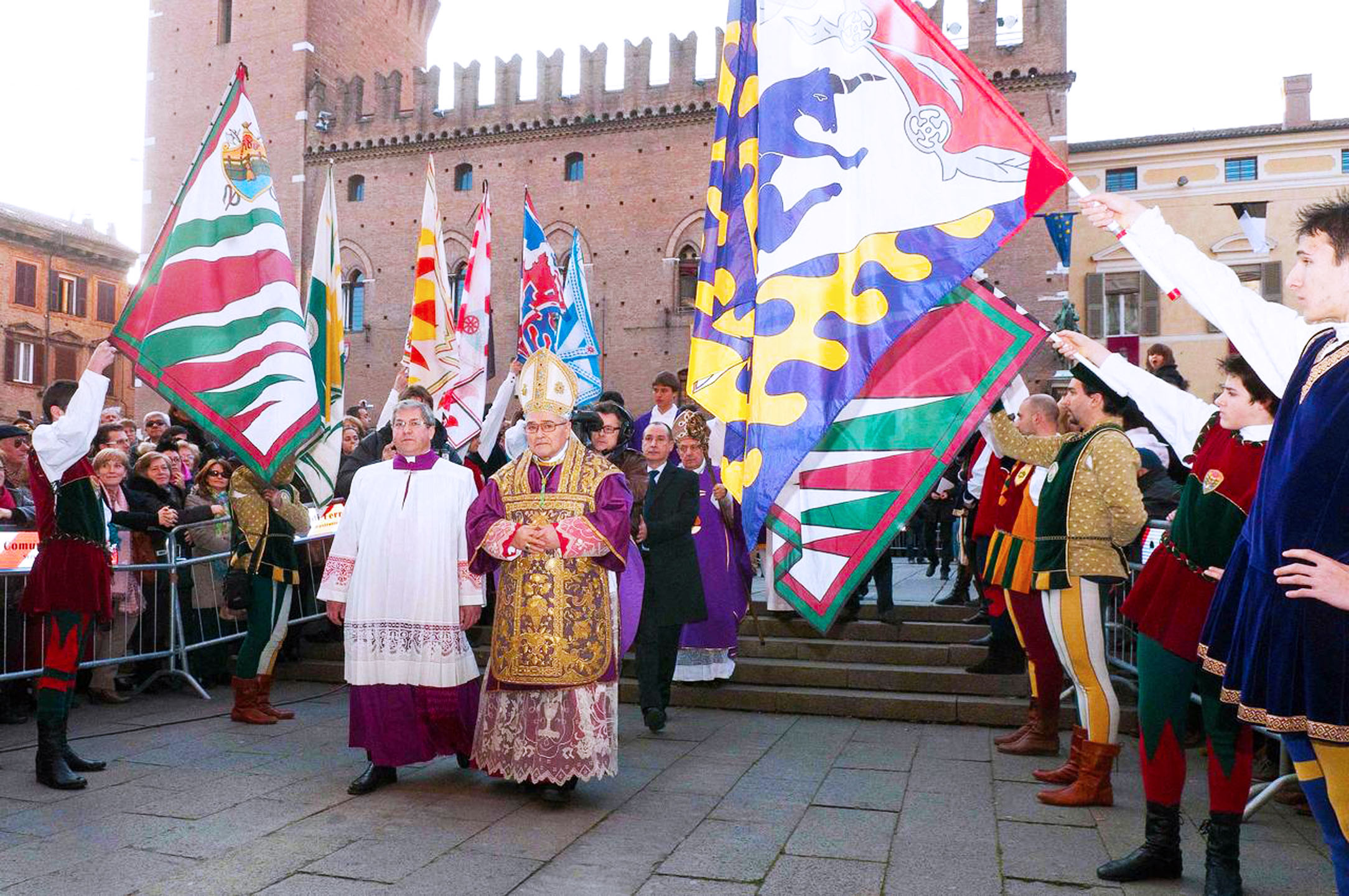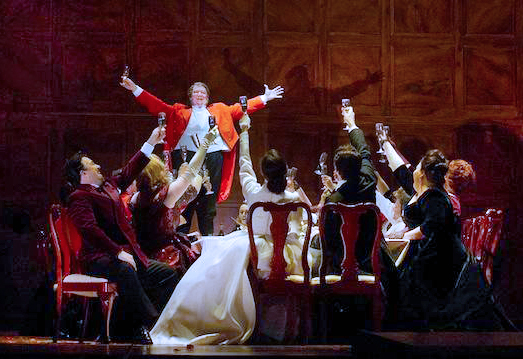The region of Emilia Romagna was recently named the best place to visit in Europe by a popular travel website and the Province of Ferrara is one of its jewels.
Located in the northern portion of the country, the province extends from the Adriatic coast in the east to the Po River Delta in the west and offers sceneries of rare charm. With lagoon cities and towns, wooded valleys, seaside resorts and cities rich in art, Ferrara provides fascinating itineraries for visitors. Unlike much of Italy, its countryside is rather flat, surrounded by expansive plains and an abundance of canals.
The history of Ferrara has been strongly defined by the d’Este dynasty and it is best reflected in the city that gives its name to the province. Remarkably well-preserved, Ferrara’s historic center and the beautiful villas of the Este in the countryside are a UNESCO World Heritage Site.
The city of Ferrara is so quaint and contained that it can be explored by foot, although many visitors and residents choose to use a bicycle and they are everywhere. Have no fear of being cut off by a cyclist, there is a gentile atmosphere in Ferrara and its people are among the friendliest you will ever encounter. The perfect way to get your bearings is to take a tour of the medieval city walls. The views change as you travel around the city, from ancient battlements to peaceful greenery.
It will feel like a journey back in time as you relive the elegance of centuries past, surrounded by impressive architecture and stunning works of art. It is a remarkable expression of the medieval and Renaissance periods. From the center of Piazza della Repubblica, take a walk in the direction of the Castello Estense, built in 1385. It is still surrounded by the moats that were symbolic of the power that the Este family wielded and who left permanent signs everywhere in the city. Enter by crossing the drawbridge and don’t miss the views over the city from the Torre dei Leoni. The castle was where the family held elaborate parties, entertaining guests including several popes, as well as keeping prisoners in the eerie dungeon below. The City Hall, which is connected to the castle through a covered path, dates back to the late 11th century and was once the ducal residence of the Este.
The palace overlooks the Cathedral of San Giorgio, whose 12th century Romanesque design was later revised in the Gothic style creating an unusual, yet visually pleasing façade. The Cathedral Museum contains religious sculptures and artifacts, such as the ancient panels of the Organo and the 13th century panels from the Porta dei Mesi.
Nearby is the Loggia dei Mercanti, which houses ancient workshops dating from the Middle Ages. If you find yourself intrigued by the Este family, there are several additional residences in the city center to visit. Behind its simple facade, the Palazzo Schifanoia contains the Museum of Ancient Art and boasts stunning frescoes and other exhibits, as does the small Palazzina Marfisa d’Este. Along the same street are several beautifully preserved palazzos including Palazzo Costabili, the center of the National Archeological Museum and Palazzo dei Diamanti, commissioned by Sigismondo d’Este, which hosts the National Art Gallery. The exterior of the otherwise rather plain 15th century building has a unique feature. It is constructed of pointed marble blocks that create a menacing appearance when overcast, but glisten when lit by the rays of the sun.
In addition to taking in the sites and scenery, when in Ferrara, make sure to sample as many of the local specialties as possible. The city’s signature dish is pumpkin-stuffed ravioli, cappellacci di zucca, served either with herbs and butter, or a delicious ragu. Those with a sweet tooth won’t be disappointed when they visit the local bakeries, which are perfect spots for breakfast, or an afternoon pick-me-up.
With a strong claim to being the world’s oldest osteria, dating from the 15th century, Al Brindisi is a well-stocked wine bar that makes for a cozy spot to spend the evening. The wine list is extraordinary and its patrons follow in the footsteps of luminaries such as 16th century painter Titian and Renaissance mathematician Copernicus, who both wined and dined in the establishment.
East of Ferrara in the countryside are many interesting places to visit, perhaps none more impressive than the amazing country villas of Estes. The Delizia del Belriguardo in Voghiera, is called the Versailles of the Estensi. Built in 1435 by the Marquis Niccolò III, it was later extended by Duke Borso, who wanted the villa to contain one room for every day of the year. The entire complex is surrounded by vast gardens with ponds and fountains, creating a feeling that is both pastoral as well as perfectly manicured. Continuing your journey east, you will pass through the Valleys of Comacchio and its picturesque canals. They extend from Ferrara into the province of Ravenna and reach the Adriatic Sea through a series of canals. The town of Comacchio along the coast is a popular tourist area. Beautiful weather and romantic scenery define the town, which is situated in a lagoon just north of the mouth of the Reno River. It is built on more than a dozen different islets, joined by bridges and is known as Piccola Venezia, Little Venice.
From Comacchio, head south to Spina, an Etruscan city from the 7th and 6th centuries BC. Not far from the town there is an ancient necropolis containing more than 4,000 tombs. The remains of many of the former residents are exhibited in the Archaeological Museum of Ferrara.
There are plenty of events to enjoy in Ferrara and throughout the province. The annual Ferrara Buskers Festival has only just concluded. This year, the international folk festival featured more than 1,000 musicians from 35 countries, who performed throughout the city center during the 9-day event. With music, acrobats, jugglers, clowns, costumes and music, it has become one of the largest folk festivals in the world.
Far older than the Buskers Festival is the Palio di San Giorgio. The competition between city districts culminates with the oldest horse race in Italy, having begun over 700 years ago, in 1297. The entire day is filled with pageantry, set amid the Renaissance splendor of the city, with the palio being the centerpiece of the day. Mark your calendar, it takes place on the last Sunday in May.
With its history and art, wonderful cuisine and friendly people, it is hard to believe that Ferrara is not near the top of travel itineraries to the region. It is one of the jewels in the crown of the Emilia Romagna.





